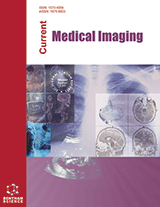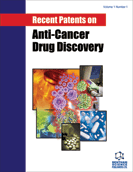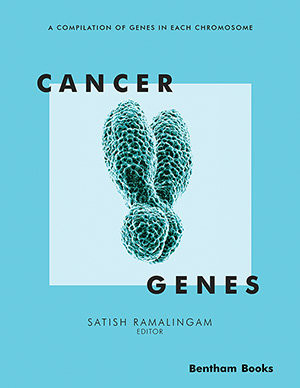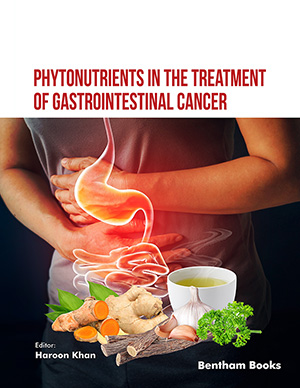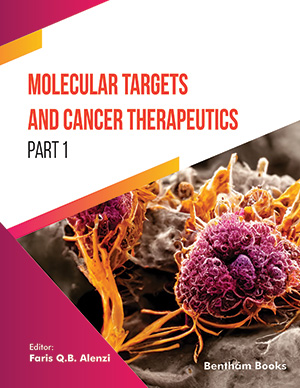
Abstract
Peptide receptor radionuclide therapy (PRRT) is an established treatment for progressive neuroendocrine tumours with nephrotoxicity as the limiting factor. It is therefore important to monitor kidney function changes after PRRT treatment. We aimed to investigate kidney function by different methods and during a 4-hour and a 24-hour amino acid (AA) infusion protocol. We measured the Glomerular Filtration Rate (GFR) in 28 patients before and 3, 6, 12, and 18 months after 90YDOTATOC therapy. We used standardized 51Cr-EDTA plasma clearance (Cr-GFR) and estimated GFR (eGFR) by the simplified 4 variable Modification of Diet in Renal Disease based on serum creatinine values. Further, we determined GFR in 15 patients treated with a 4-hour infusion of AA compared to 13 patients with a 24-hour infusion at 3, 6, 12 and 18 months after therapy. Pre-existing risk factors associated with kidney failure were seen in 82% of the patients. We observed a significant reduction in Cr-GFR up to 12 months after PRRT (mean loss 27 ml/min/1.73 m2 (32%)). The eGFR continuously overestimated the Cr-GFR with a bias of 8%. There was no significant difference between the two AA protocols, however, the 24-hour AA protocol tended to reduce mean Cr-GFR loss 12 months post therapy. Pre-existing risk factors for kidney failure were highly prevalent in this patient cohort, and kidney function after PRRT treatment is best monitored by 51Cr-EDTA plasma clearance. Further, the use of a 24-hour AA kidney protection protocol seems to reduce the loss of kidney function in these patients.
Keywords: 51Cr-EDTA plasma clearance, Estimated GFR (eGFR), Glomerular filtration rate (GFR), Kidney function, Neuroendocrine tumour, 90Y-DOTATOC.
 43
43 1
1 1
1











